We recently received several interesting communiqués from our readers. I’ll share three of them with you.
From Dan Paschen: “There I was, thumbing through your magazine (Fall 2013) at Barnes & Noble … and on page 6 was a photo of my uncle, Lt. John H. “Jack” Coyne. I could not believe it! After reading the article, I realized how lucky I was to have found it.
“Along with my brother and sister, in 2002 we attended the ceremony dedicating a stone memorial in Jack’s honor at Cabrières, France. Somewhere between 300 and 400 people attended…. Later, our family was taken to the spot where Jack’s plane crashed. We also met the man who found his body. At a smaller dinner for us, we were shown parts of his F6F-5 Hellcat. My siblings and I were given an impeller gear from the plane’s engine, part of the cockpit, and some of his parachute cords as mementos.
“The entire weekend was an unbelievable experience. My siblings and I were humbled by the participation and reverence of the folks from this extremely tiny village honoring my uncle after 57 years…. I just wanted to thank you on behalf of my family for writing that story.”
Another letter, this one from Phil Johnson of New Orleans: “It takes me a while to get through an issue of your magazine because I read every article. Your Summer 2013 issue is outstanding. Especially pleased with the scholarly piece on Soviet refugees and the one on camouflaging West Coast defense plants…. I believe you have the best military history magazine on the market.”
And a third, from Robert H. Spielman of Roseburg, Oregon: “When the Fall 2013 issue showed up, the Guadalcanal story caught my attention immediately. My (our) cousin, Platoon Sergeant Merrit Cecil Walton, USMC, was awarded the Navy Cross, posthumously, for extraordinary heroism there. His citation reads, ‘As member of a parachute battalion in action against Japanese forces on Gavutu, Solomon Islands, on 7 August 1942 … fully aware of his personal danger, Sergeant Walton voluntarily reconnoitered a hostile machine-gun nest which threatened his platoon’s right flank. After spotting its location, he participated in a daring attack which silenced the deadly weapons before he was wounded.’
“The USS Walton, DE-361, was named in honor of him…. The Walton’s keel was laid on 21 March 1944. Two months later, she was launched. During the duration of the war in the Pacific, the Walton did escort duty for the supply and transport lines. In January 1947, the Walton was placed out of commission.
After the outbreak of Korean hostilities, the Walton was reactivated and commissioned…. After Korea, the Walton remained in commission and operated as a regular component of a destroyer-escort squadron. She was decommissioned in September 1968. Three days later she was stricken from the Navy list, then was sunk as a target off the California coast.
“Now here’s a very interesting note: She was sunk on 7 August 1969––EXACTLY 27 YEARS TO THE DAY that Merrit died on Gavutu, 7 August 1942! This era of history is so interesting as this is what we grew up knowing. Thanks for a very good publication.”
Have a comment, complaint, correction, or a compliment? We’d like to hear from you. Contact me at [email protected].
—Flint Whitlock, Editor
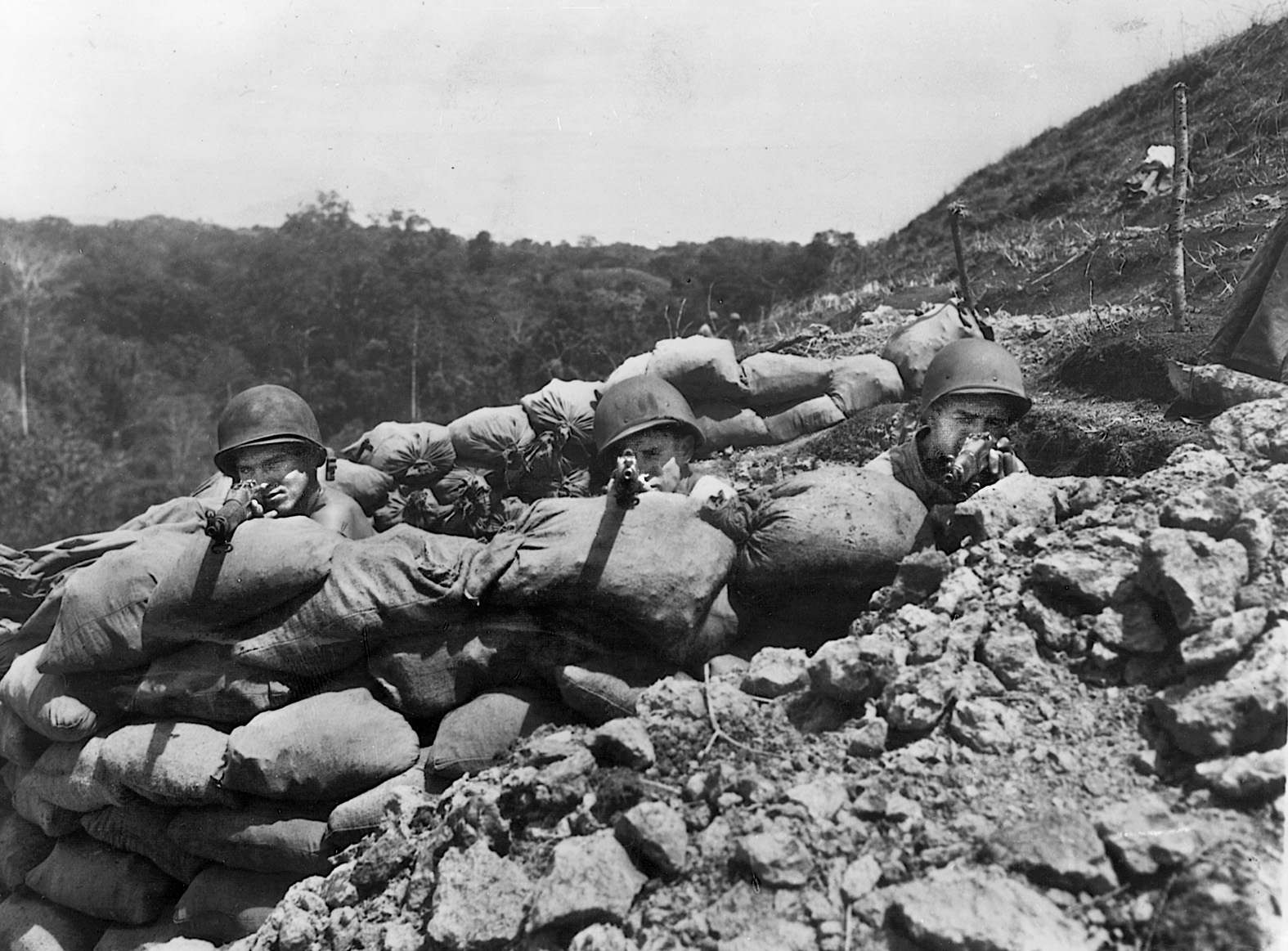
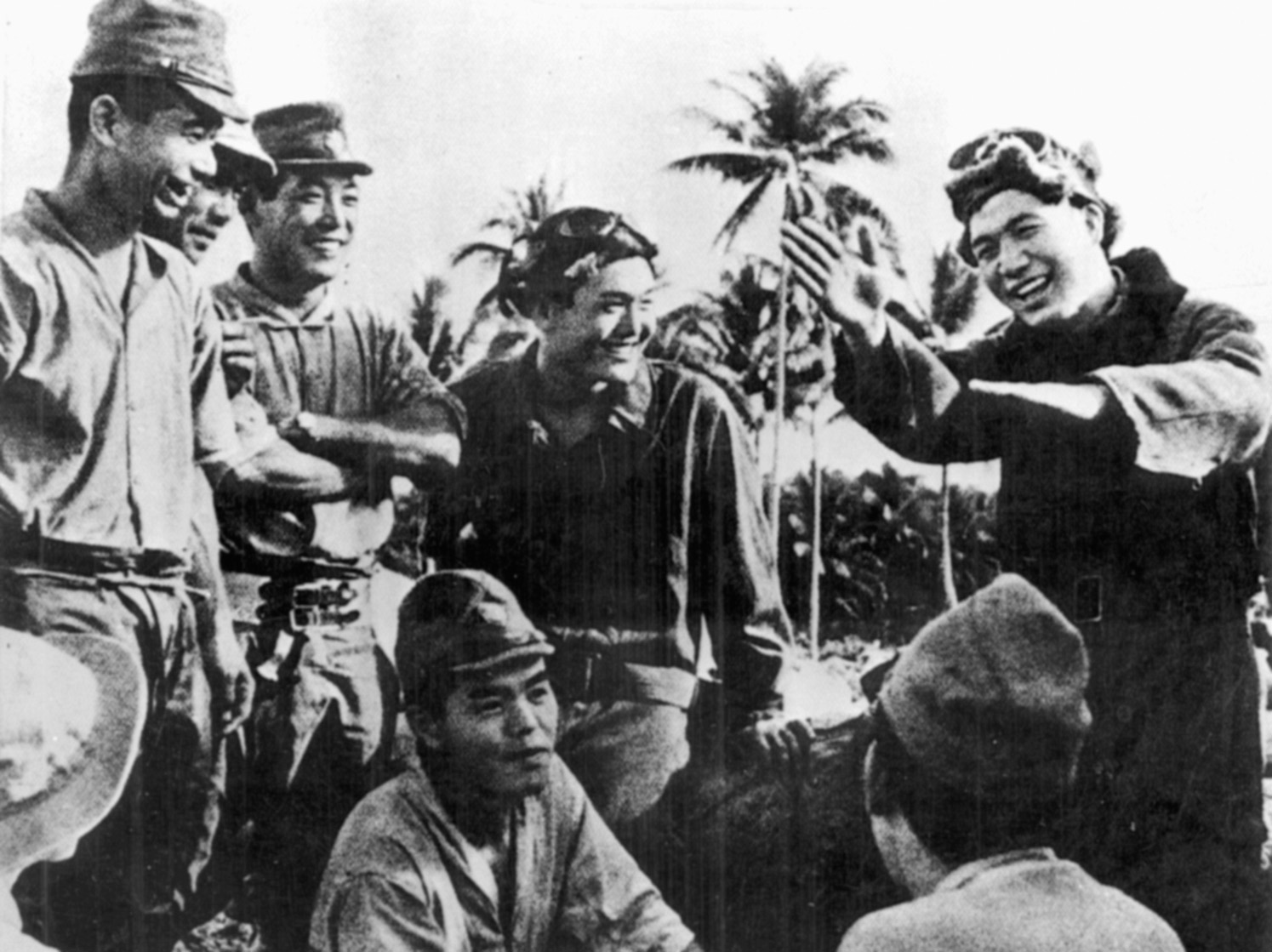
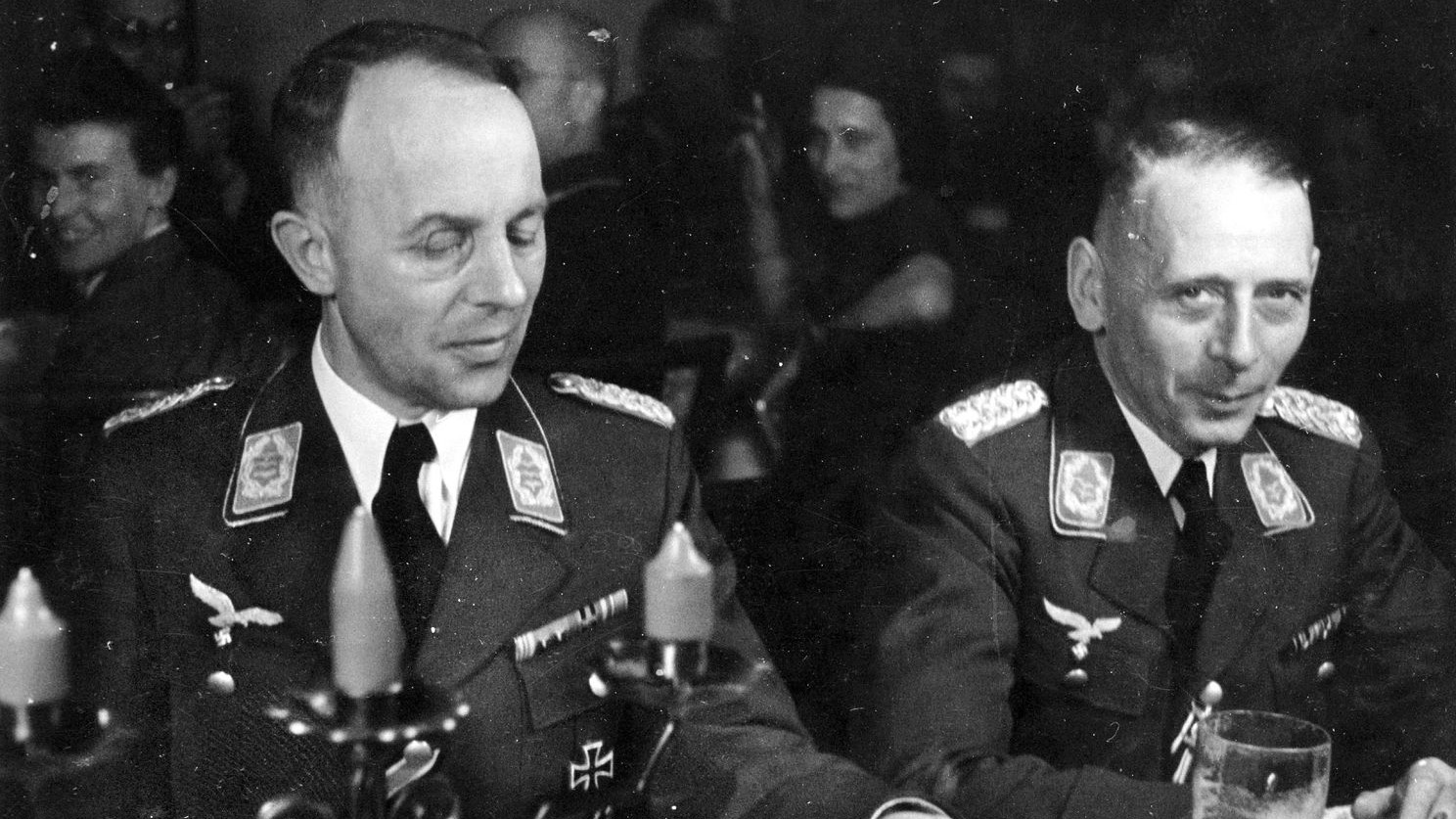
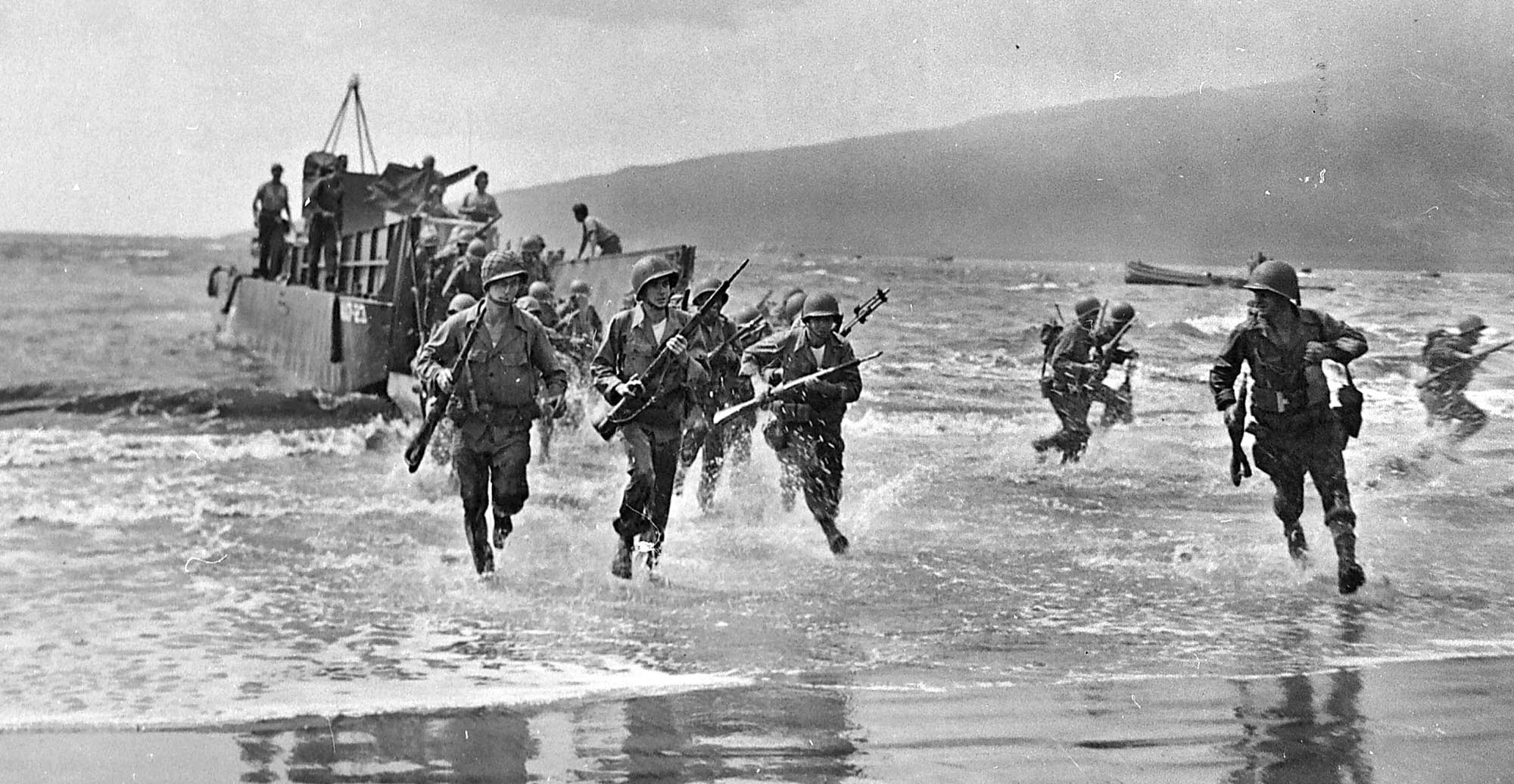
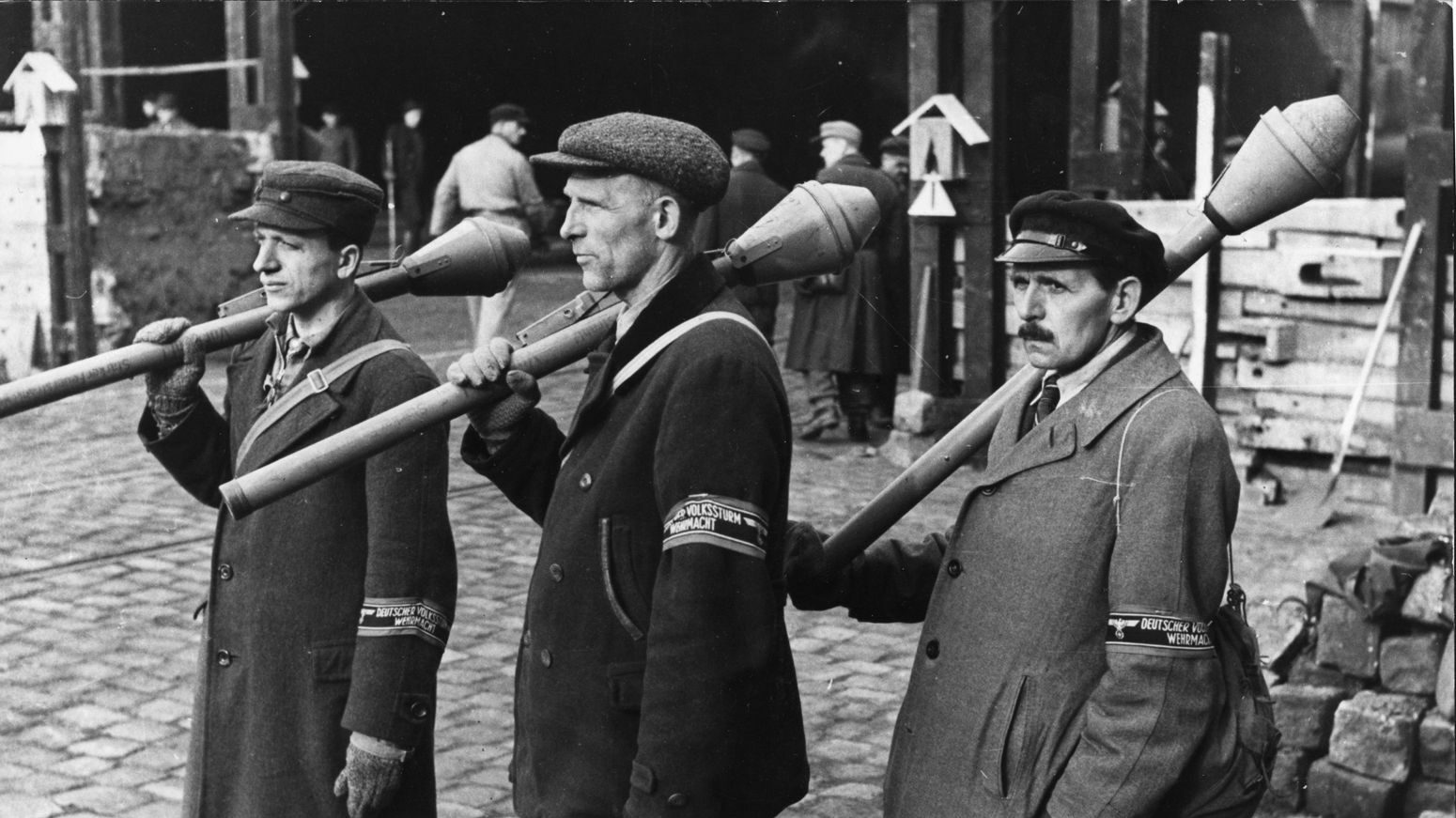
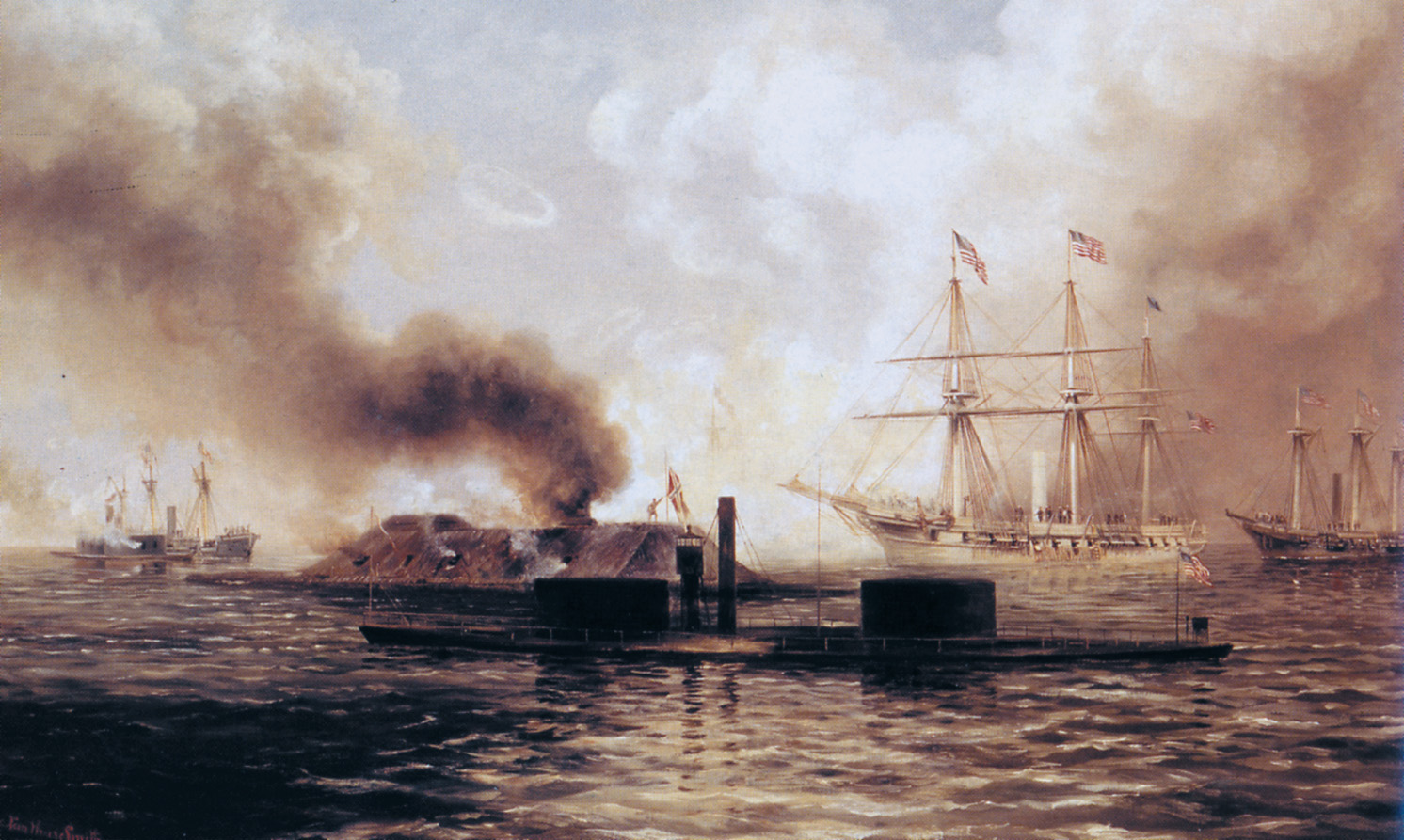
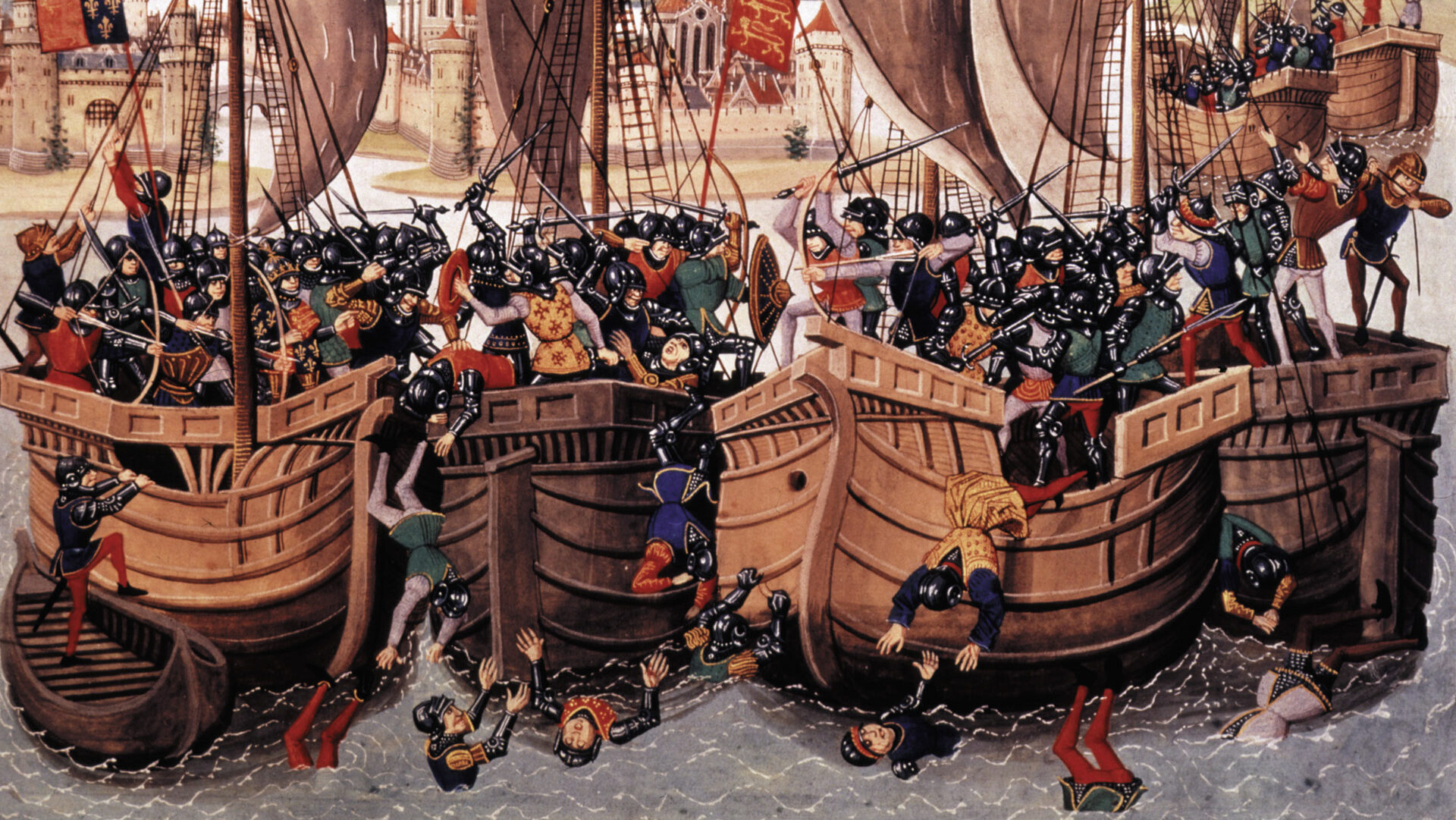
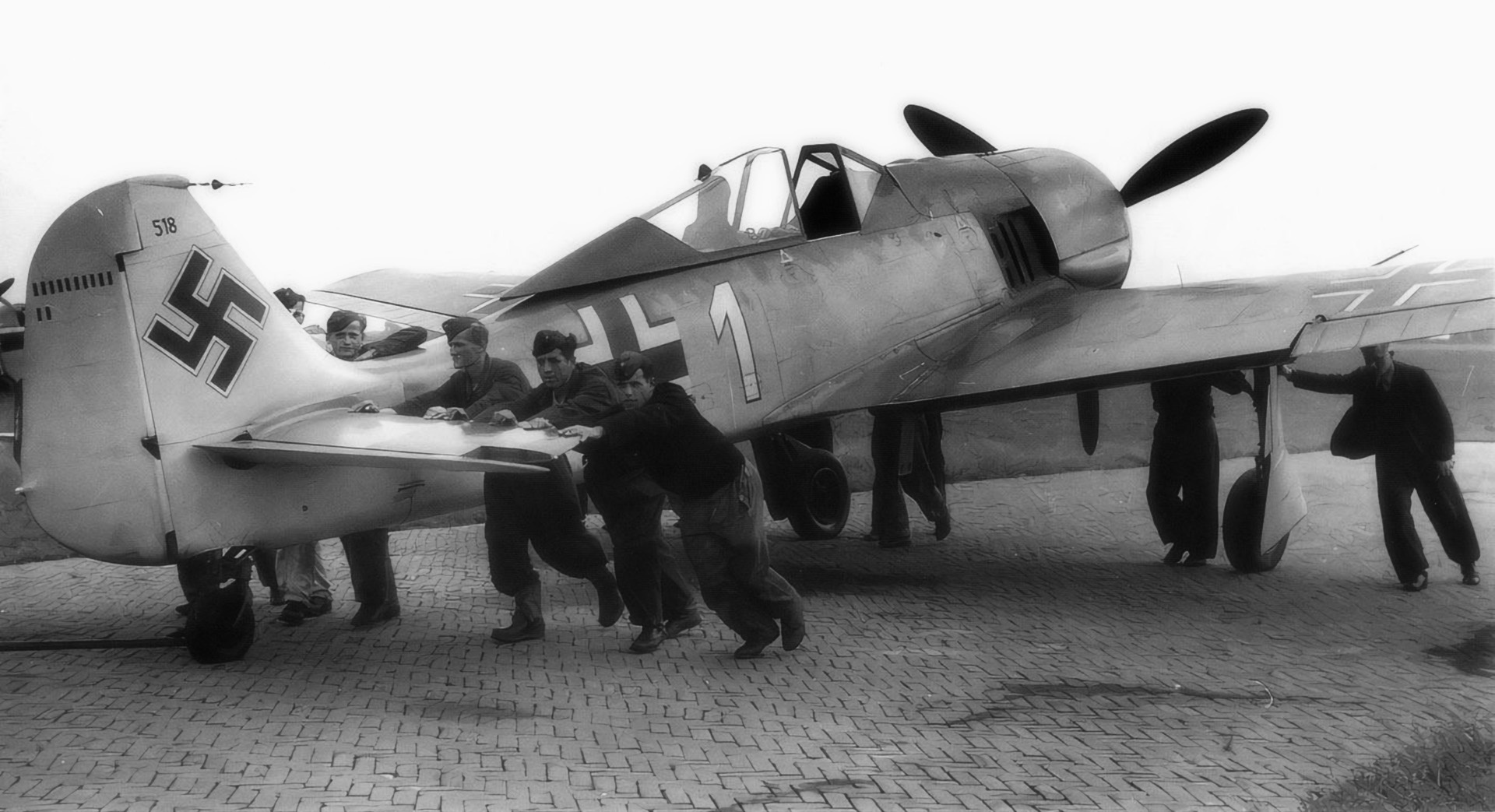
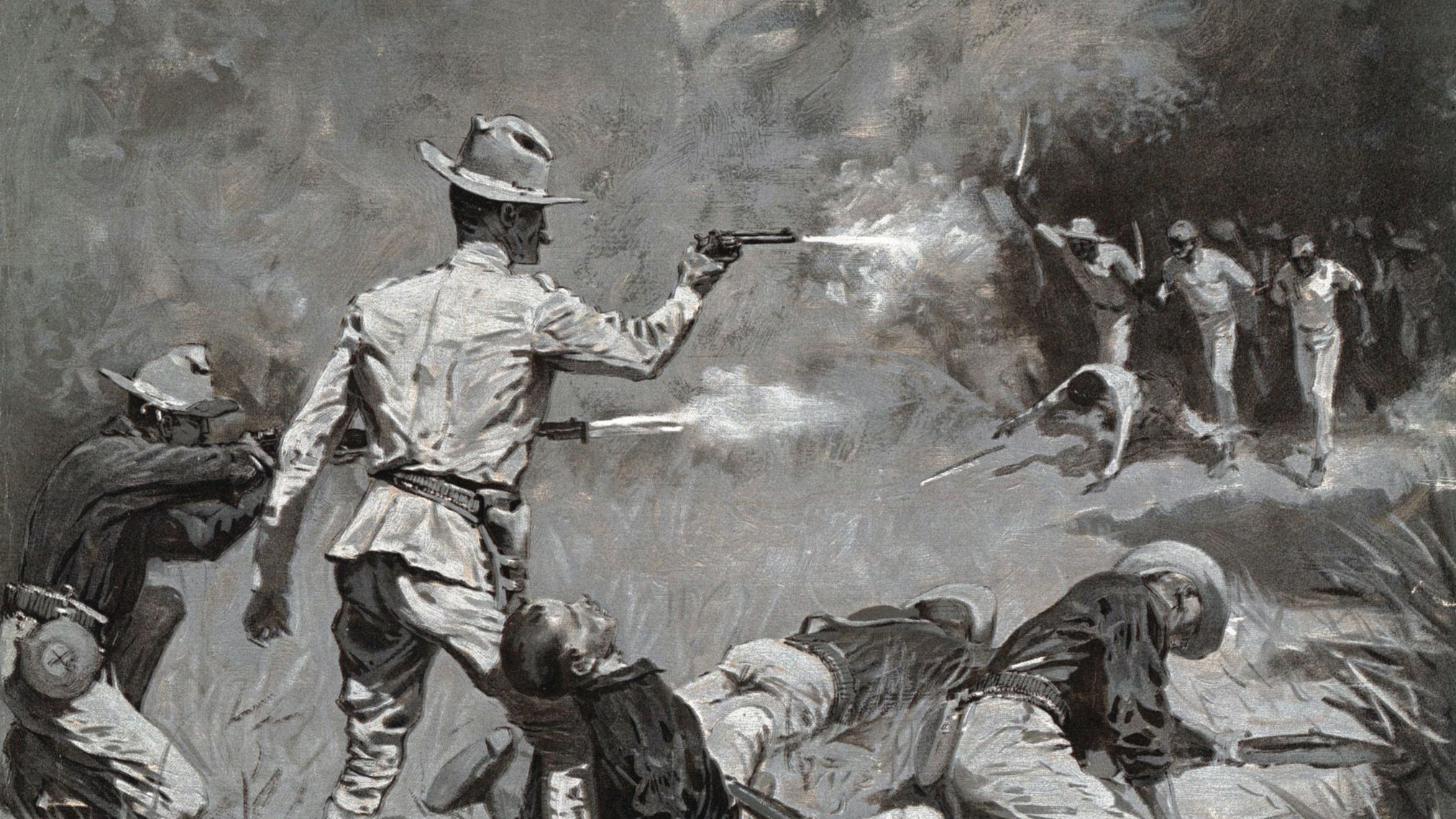
Join The Conversation
Comments
View All Comments